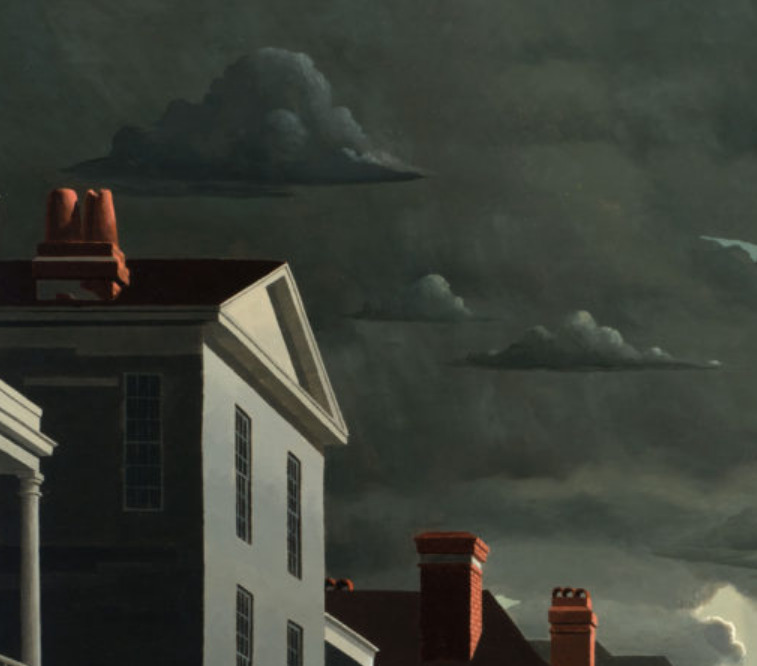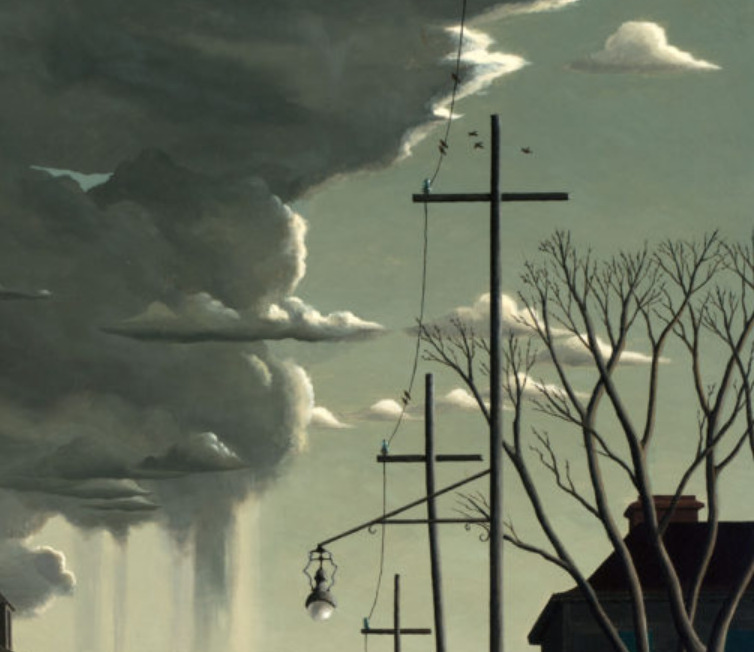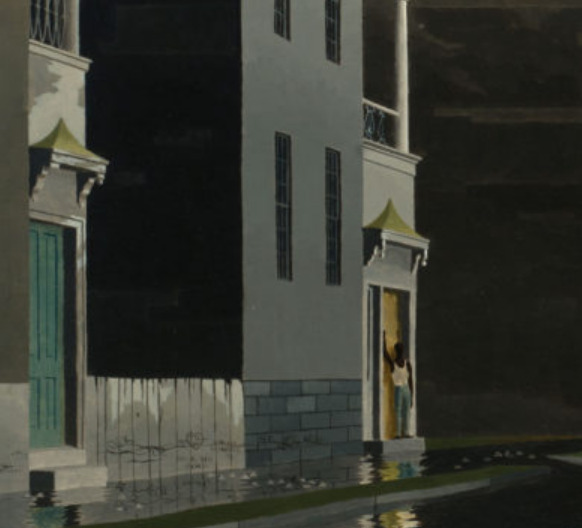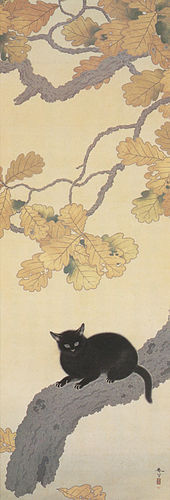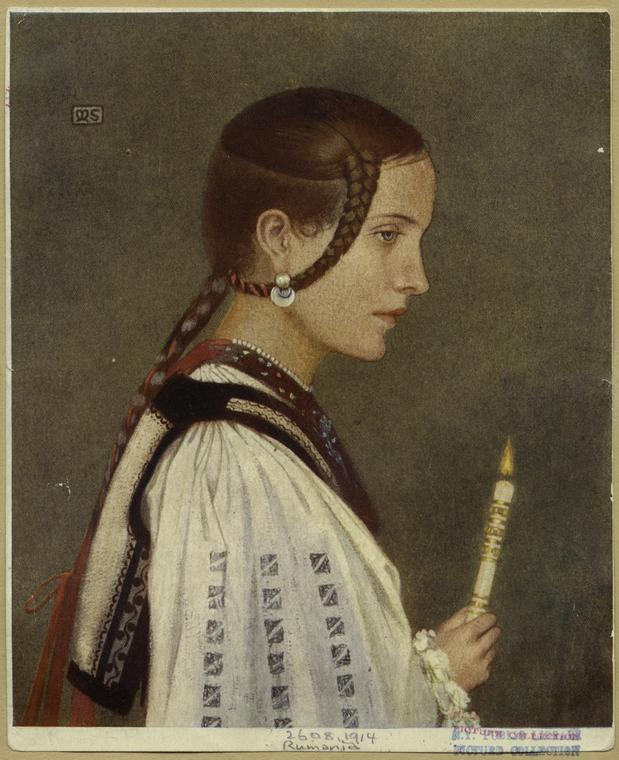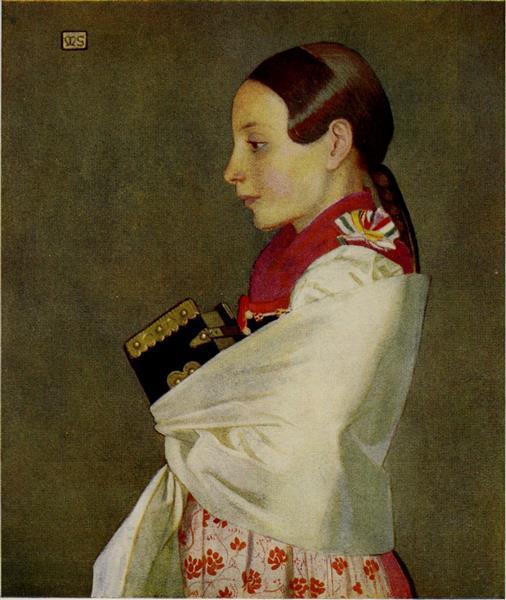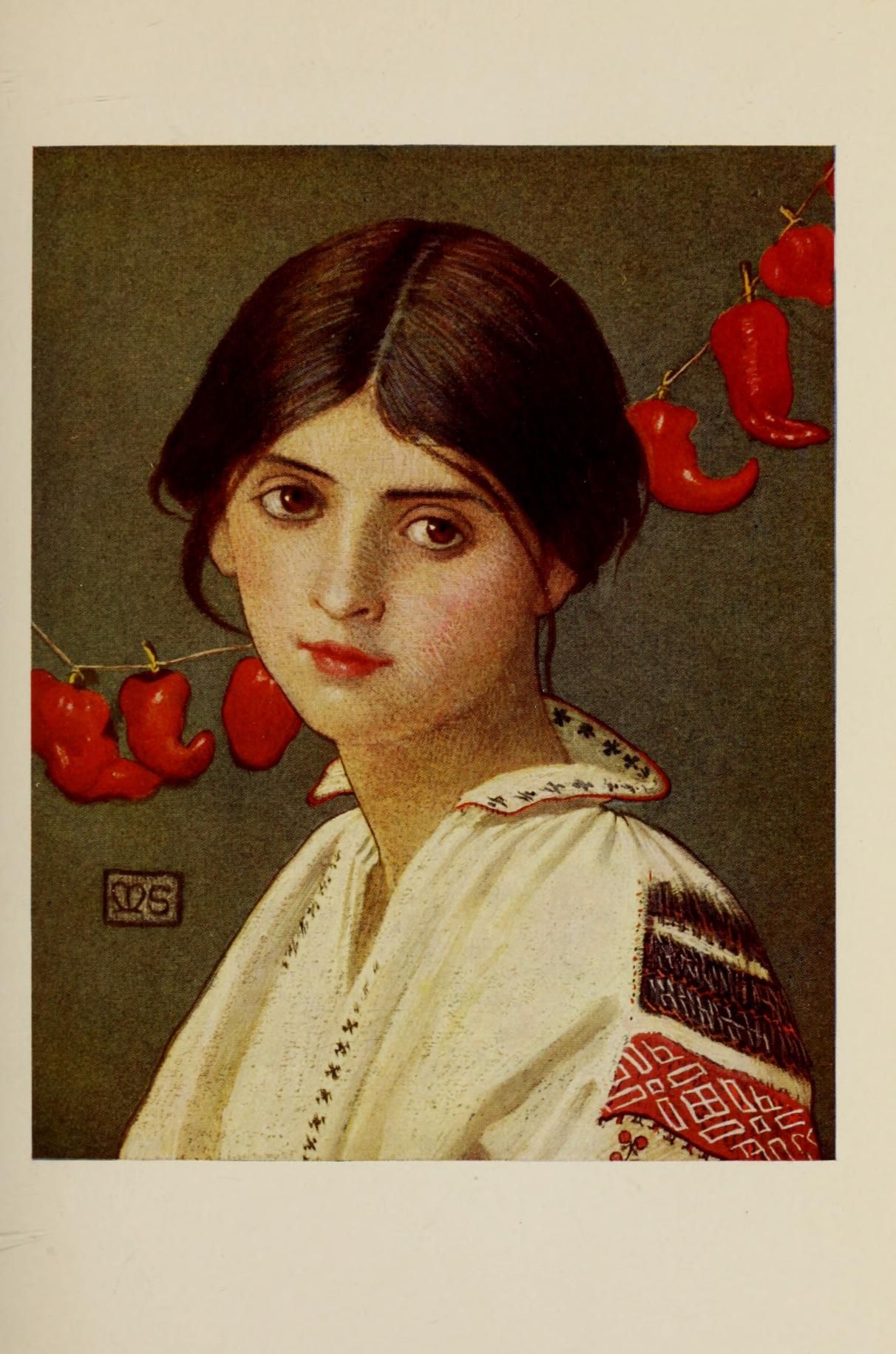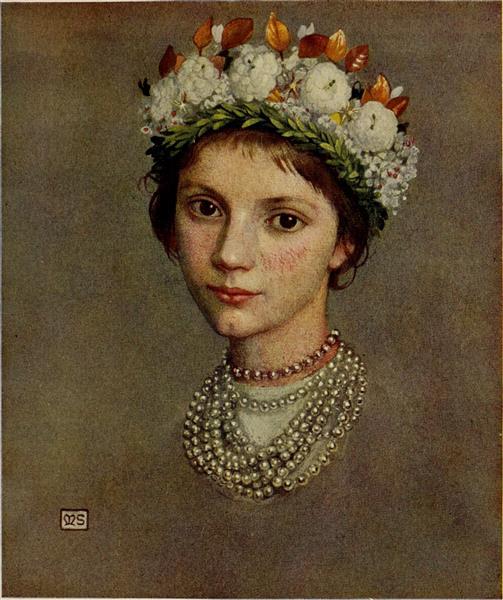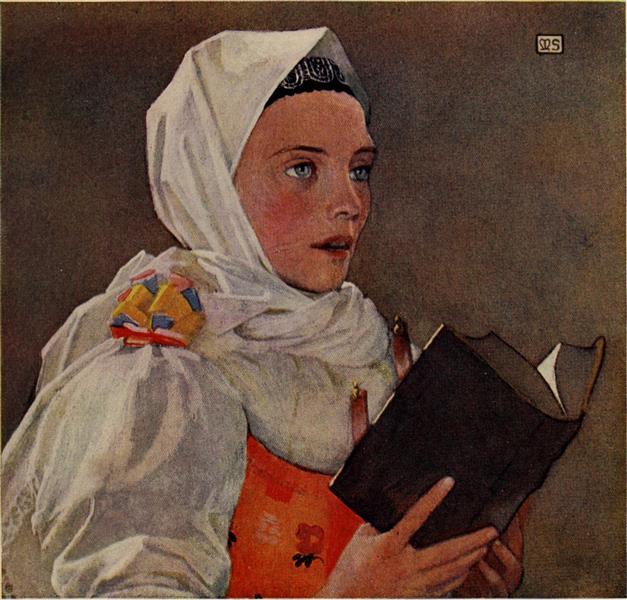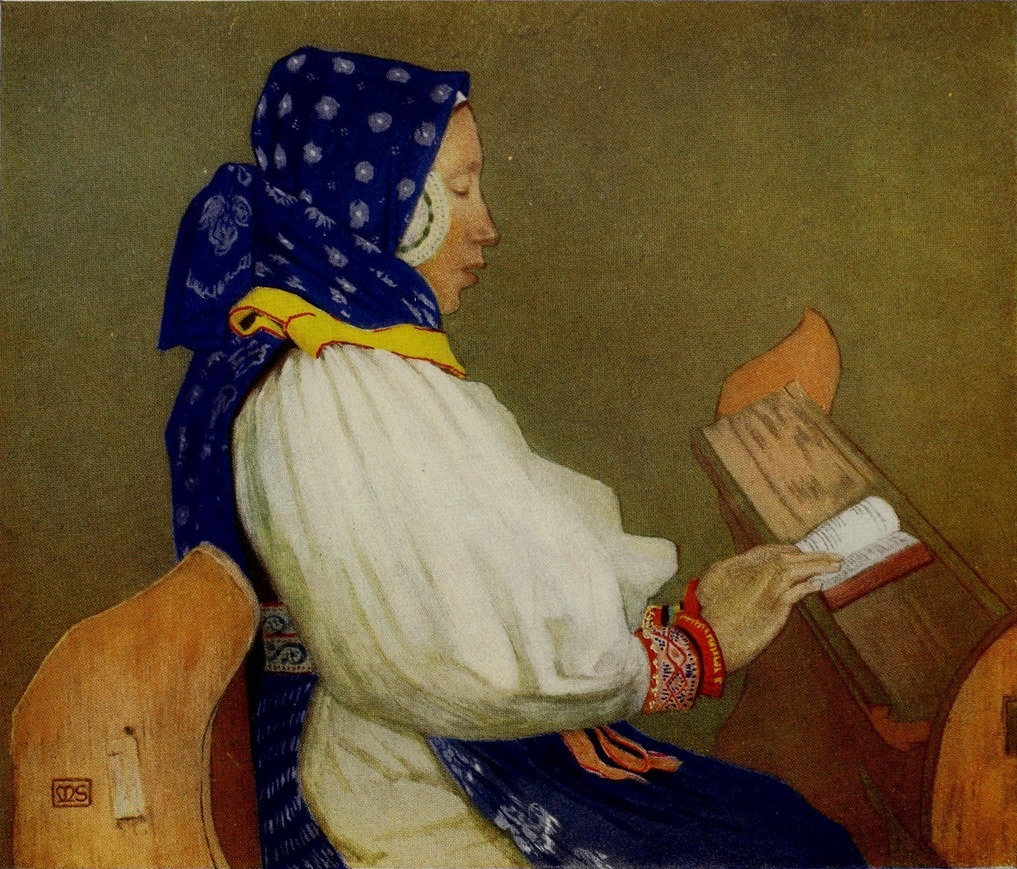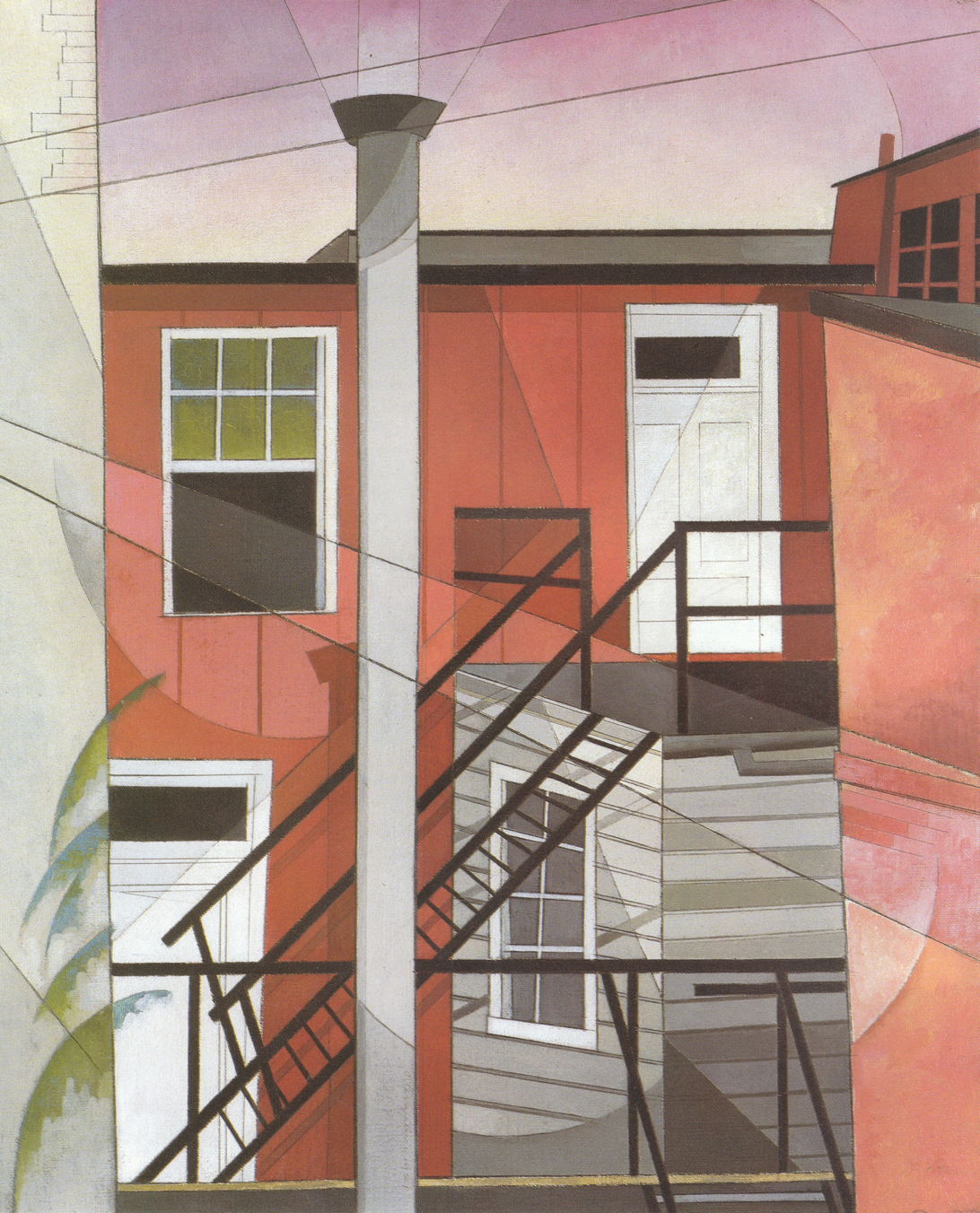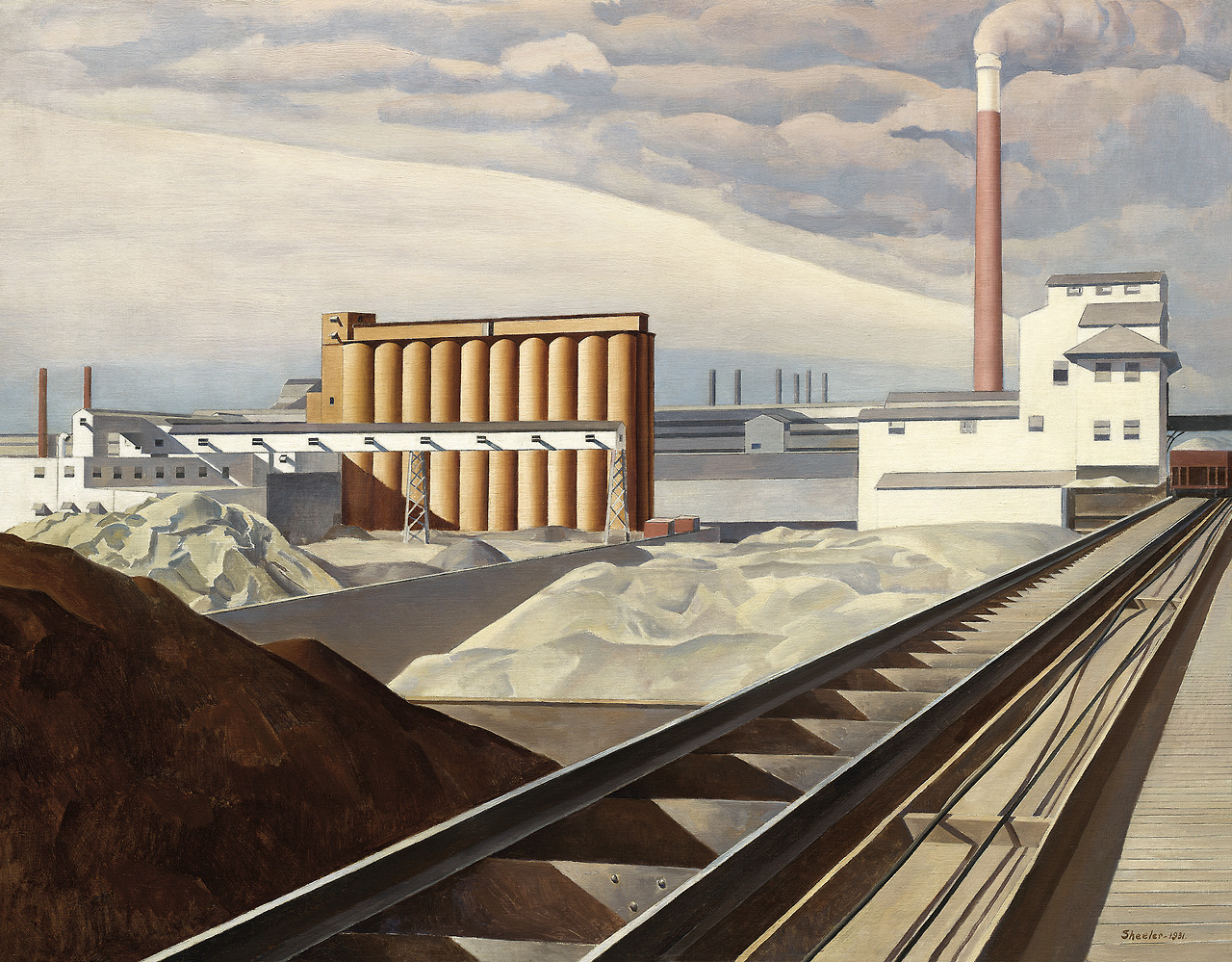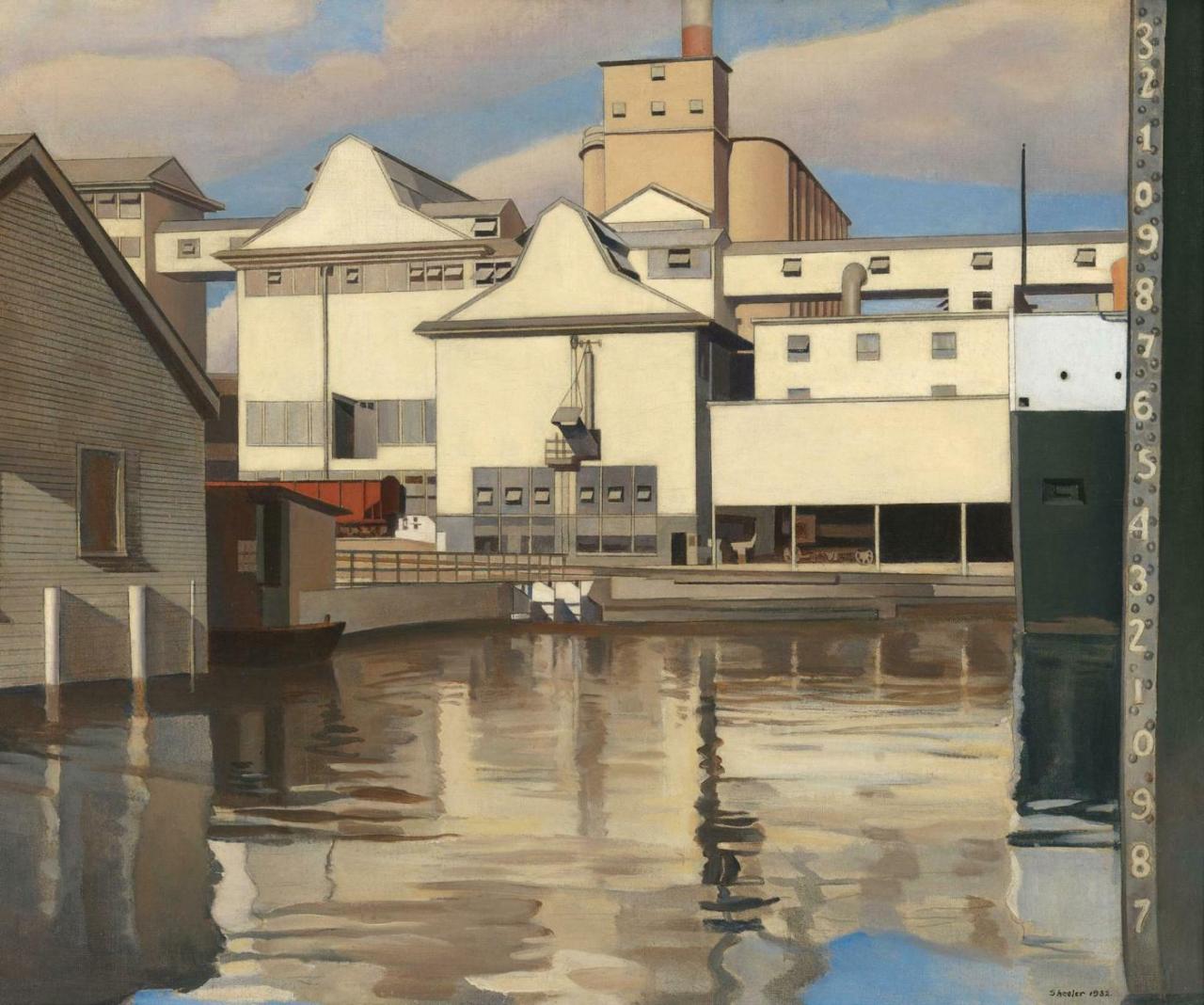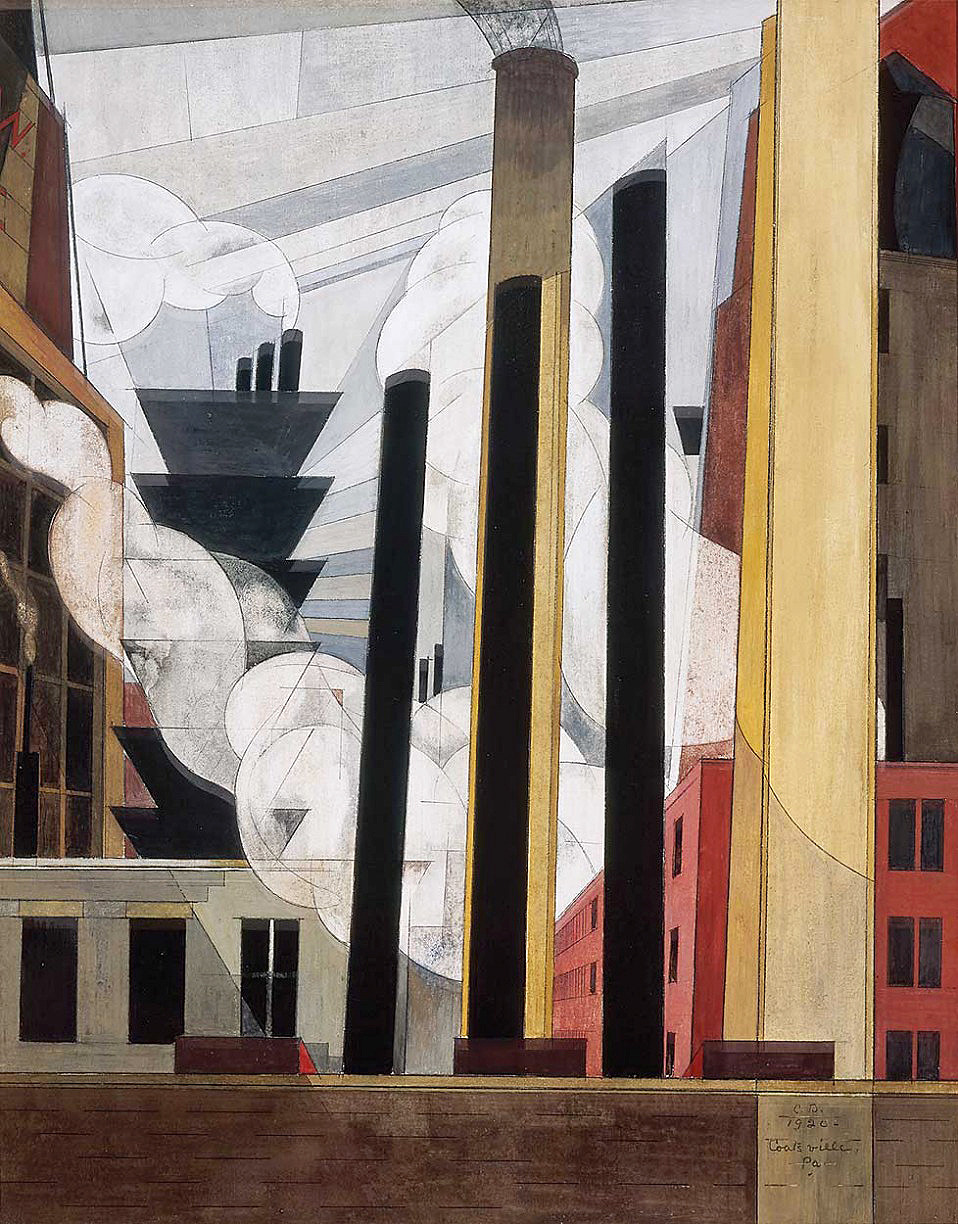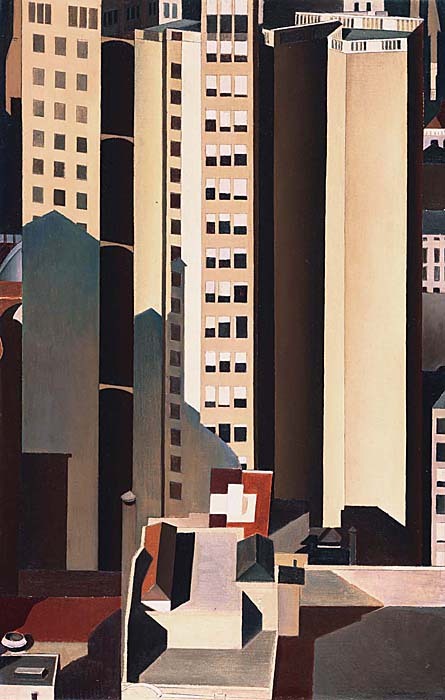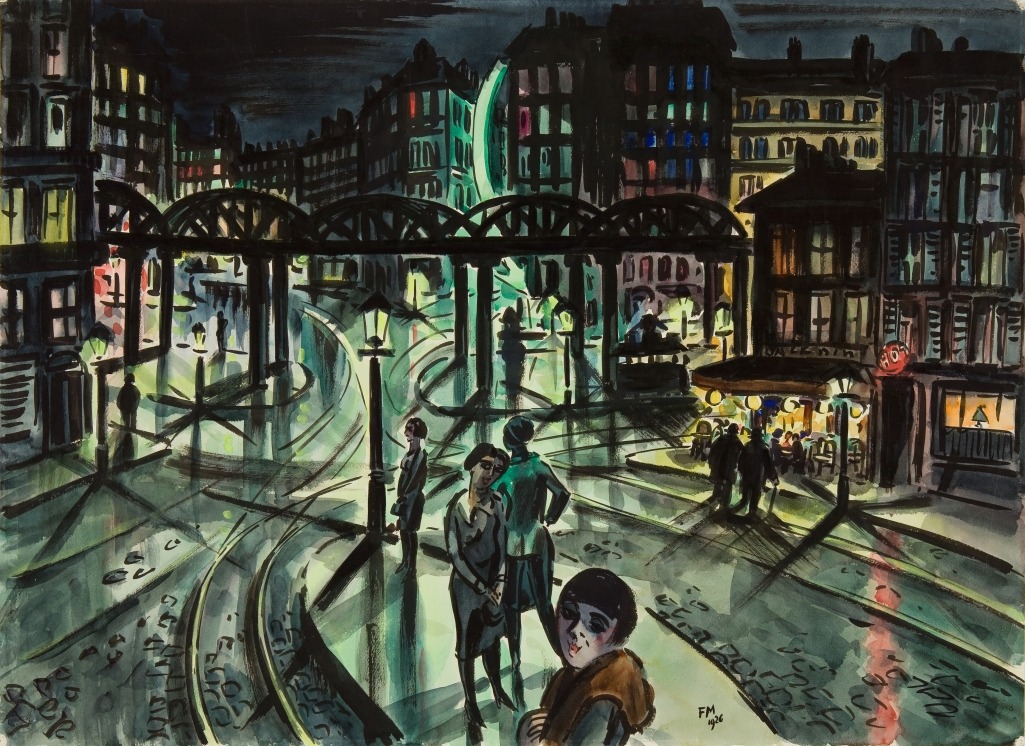“All my life I’ve tried to transcribe reality to make it into a kind of dream.”
(Paul Delvaux)
 Paul Delvaux, Sleeping Venus (La Venus Endormie), 1944
Paul Delvaux, Sleeping Venus (La Venus Endormie), 1944
Serge Gainsbourg’s acclaimed concept album “Historie de Melody Nelson” released on 24 March 1971 has a Lolitaesque theme and in seven unique yet connected songs tells a tale of an older gentleman (Serge) who, by accident, collides his car into the red bicycle of a sweet and pretty schoolgirl called Melody Nelson (Jane Birkin). This chance seemingly unhappy encounter blossoms into a flower of seduction and romance as the gentleman takes Melody to a hotel. This part of the musical story is told in the fifth song “L’hôtel particulier“. Needless to say, I very much enjoy the variety of different musical styles on the album’s songs, and I love the innocently-sexy Jane Birkin in the videos, but it is the video for this song “L’hôtel particulier” that fascinates me in particular because it features the wondrous paintings of the Belgian Surrealist painter Paul Delvaux (1897-1994) who was actually still alive during the time the album was made. Not only alive, but also very prolific. Even though he was the last surviving Surrealist during his life, he was a wanderer and an individualist in the Surrealist crowd who created a unique dream-like world on his canvases which feature repetitive motifs; Classical architecture, nocturnal setting, nude women whose bodies are white as snow and appear smooth as marble, skeletons, crescent moon, trains, boudoirs.

The shaping of Delvaux’s art career was a slow and steady process because at first his parents pressured him into studying architecture, it was something he didn’t enjoy but it did serve him greatly later in creating the strange, accurately depicted yet eerie spaces in his paintings. In 1934 Delvaux saw the Surrealist exhibition “Minotaure” and this inspired him to start working in the direction of Surrealism because it led him back to the imaginative state of childhood. Delvaux’s art also shows the influence of Giorgio de Chirico’s cold and enigmatic worlds where architecture is drawn with precision yet the overall effect is unsettling. In 1937 and 1939 he visited Italy and the architecture inspired him to serve as a setting for the world of his languid dead-eyed hypnotised nudes. Delvaux painted some wonderful eerie paintings even in the late 1960s and 1970s, but the paintings chosen for Gainsbourg’s video were mostly painted in the 1940s. The World War II period was a harsh one for Delvaux as it was for everyone, but it only inspired him to paint more and to retreat into the world of his imagination. The artist stated “I would like to create a fabulous painting in which I would live, in which I could live.”
As a child he was afraid of skeletons but later in life he found a way to incorporate them into his nocturnal worlds, bones glistening in moonlight, death opposing the sensuality of the women’s nude flesh. One such skeleton pops up in the painting “Sleeping Venus” painted in 1944, and unlike skeletons in James Ensor’s art (a fellow Belgian painter), Delvaux’s skeleton is unashamed of himself, he doesn’t put on a mask or hide under some garish carnival clothes. Nude Venus is sweetly asleep on a divan in front of the temple-like building while the skeleton is having a fascinating conversation with a Belle Epoque woman with a large brimmed hat and a dark red dress. The conversation is so fascinating that not even the passing couple, Serge and Jane, can interrupt it. Even though Delvaux’s paintings aren’t directly connected to the music and the song, I think they create a striking background visually which really leaves the viewer interested.
Bellow I’ve compared Delvaux’s paintings to stills from the video and also added the lyrics of the song because they are really descriptive:

Paul Delvaux, The Echo, 1943
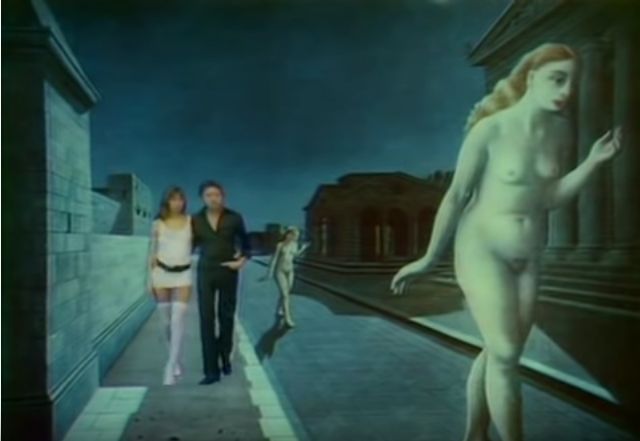
Of the unnameable street,
One knock first, then three more,
they will let you in
Alone or sometimes even not alone.

Paul Delvaux, Night Train, 1947
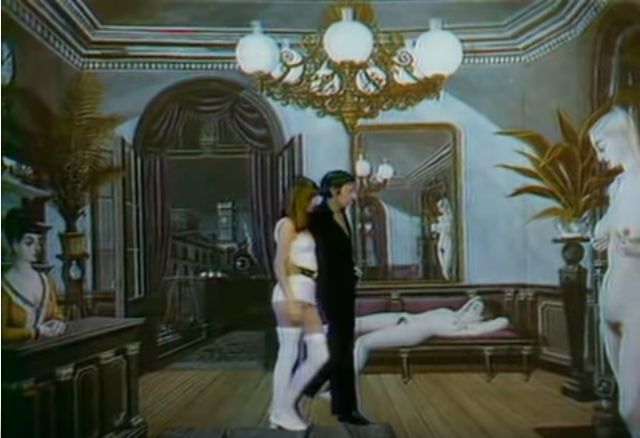
a maid leads you
Through a haze of endless stairs and hallways
Adorning baroque bronzes,
gilded angels,
Aphrodites and Salomés
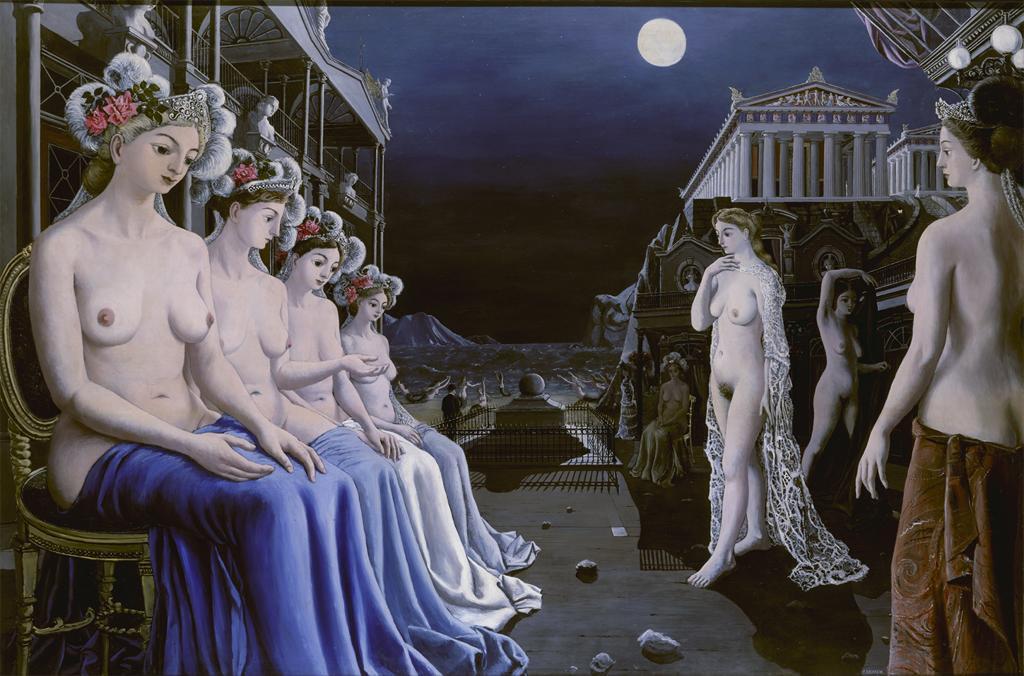
Paul Delvaux, The Great Sirens, 1947

They call it here
the Cleopatra room,
Where ebony bodies holding torches
Cover the rococo style bed columns

Paul Delvaux, Le nu et le mannequin, December 1947
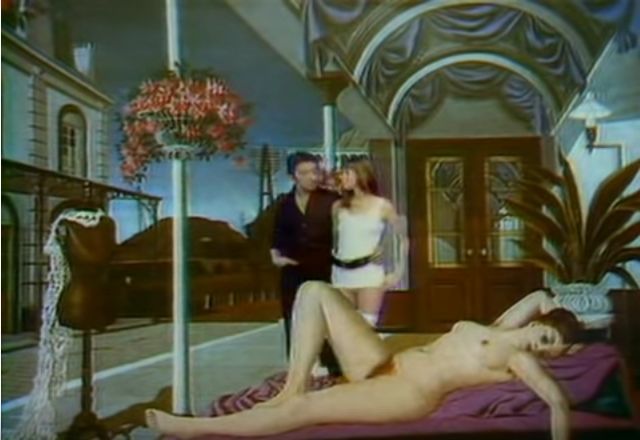
carved in wood,
All silent witnesses to the scene,
While above us a mirror
reflects our image,
Slowly I embrace Melody.


